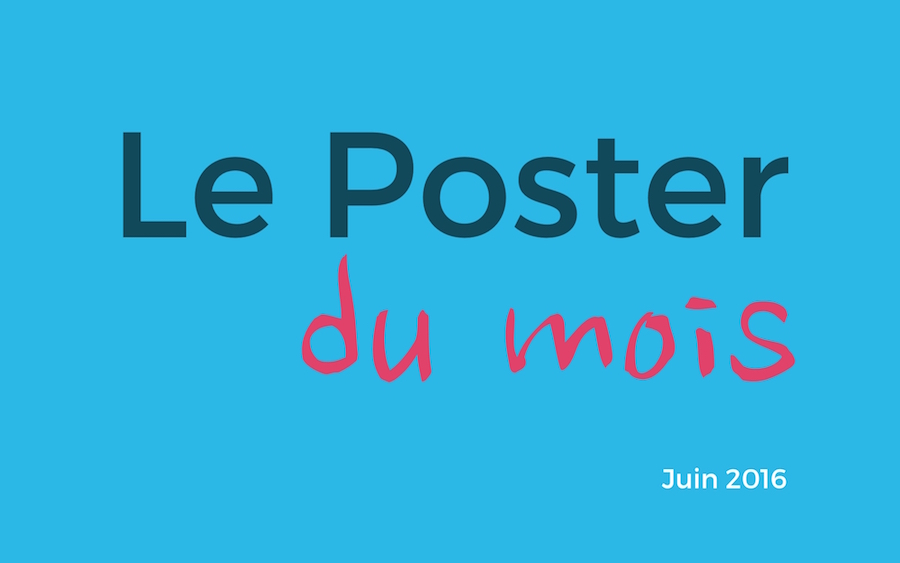Gamification and cognitive behavioural therapy: a perfect marriage that is difficult to start. A preliminary tentative in Addiction treatment.
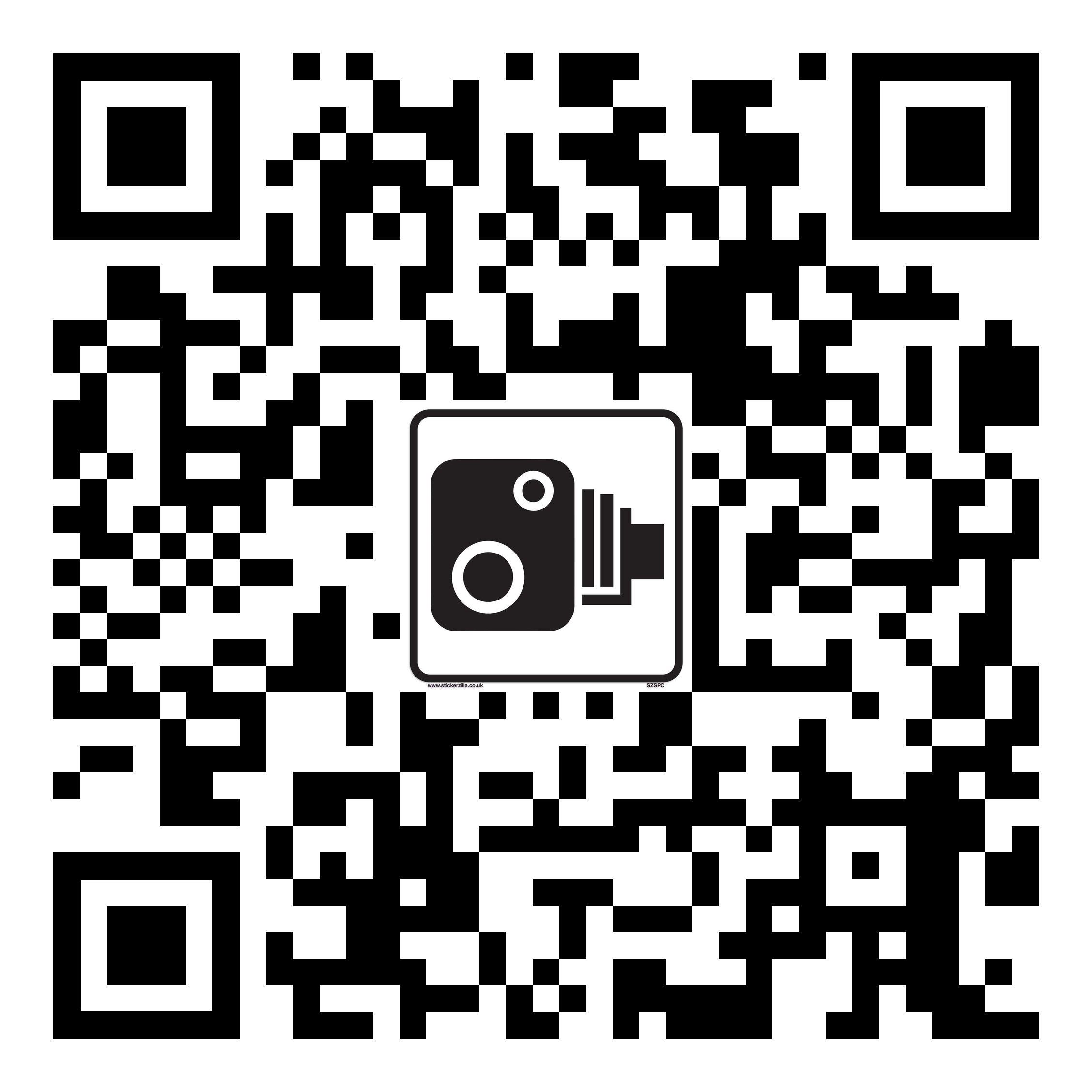
Service d’Addictologie, Hôpitaux Universitaires de Genève
Gabriel.Thorens@hcuge.ch
Introduction
Deterding defines gamification as ‘‘The use of game design elements in non-game contexts”. Gamification is broadly described, used and validated as an important tool to promote engagement and realisation of tasks in various domains such as economics, education, industry, military, politics and health. On the contrary, mental health and particularly CBT do not seems to implement and use gamification tools in psychotherapy practice or in academic research. A basic enquiry on Web of Science yielded 1295 occurrences for gamification and only 12 occurrences for gamification and CBT. One explanation might be either the false impression that gamification is a difficult or expensive process to implement, or therapists use gamification tools but they lack to report it in formal academic researches.
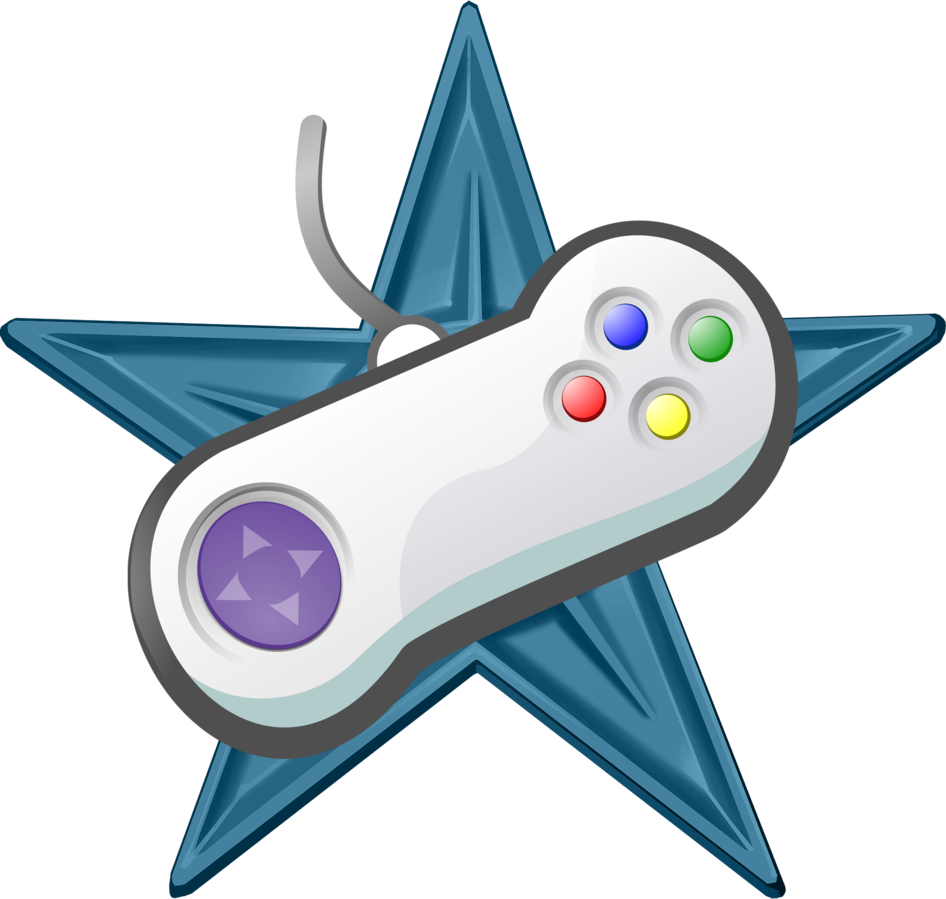
METHODS
In Geneva Addiction outpatient clinic, a simple CBT gamification strategy was tested. Patients suffering from drug and alcohol addiction were proposed to participate in an online photography contest consisting of illustrating the most drug craving inducing places. The objective of this contest was to encourage the addicted patient to actively confront themselves to potential deleterious places and finding alternative rewarding behaviour (taking a potential successful picture rather than consuming drugs).
these standard image may induce craving in patient. The ad value of asking the patient to take their own pictures is:
- The craving induced correspond to real situation experienced by patients
- taking pictures instead of consuming the drug is a valuable alternative behavior
Online contest can be created in commercial web site such as: Photocrowd
We decided to have an off-line contest and the patients voted for most inducing craving picture
Example of standardized craving inducing pictures
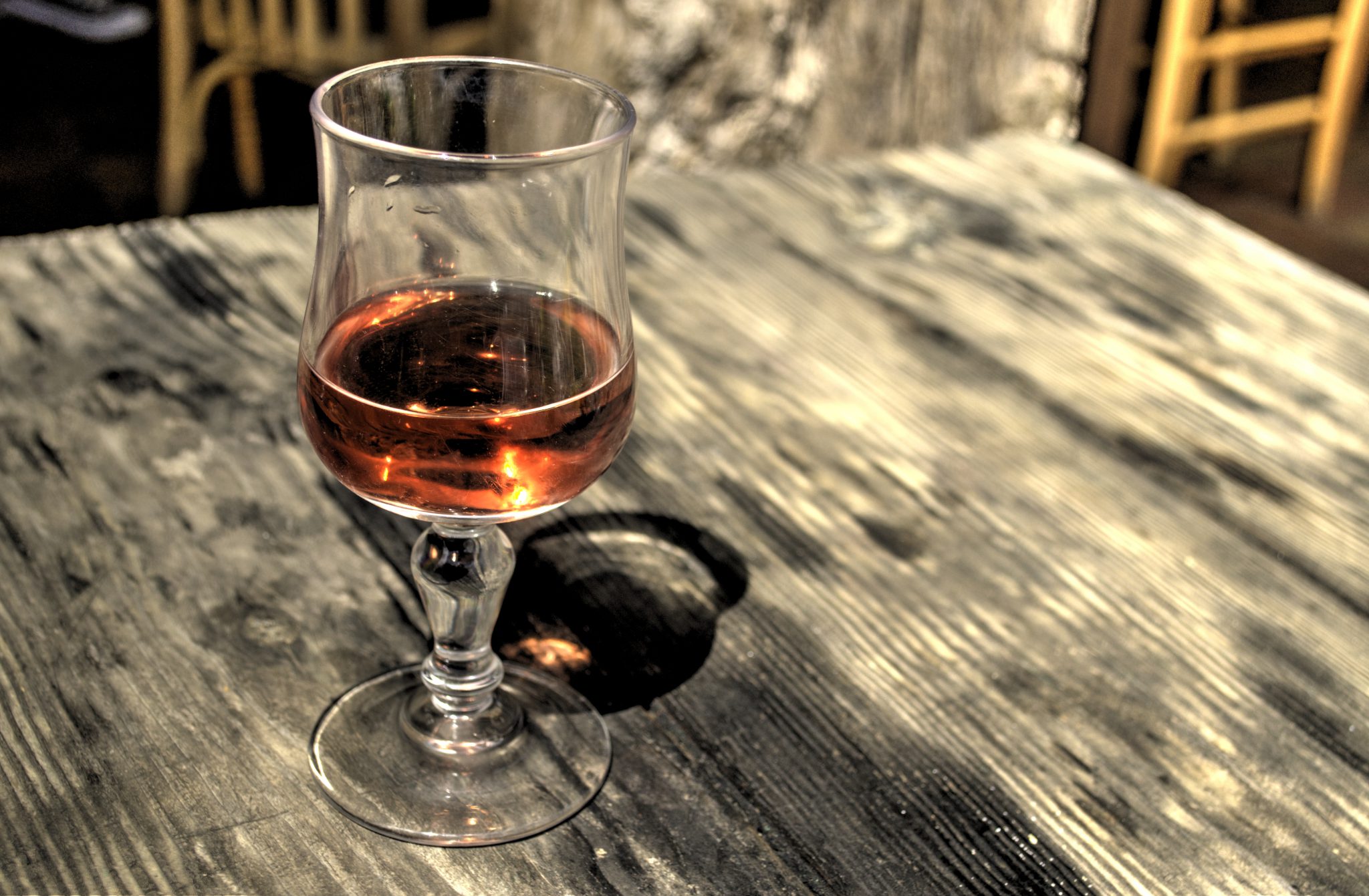
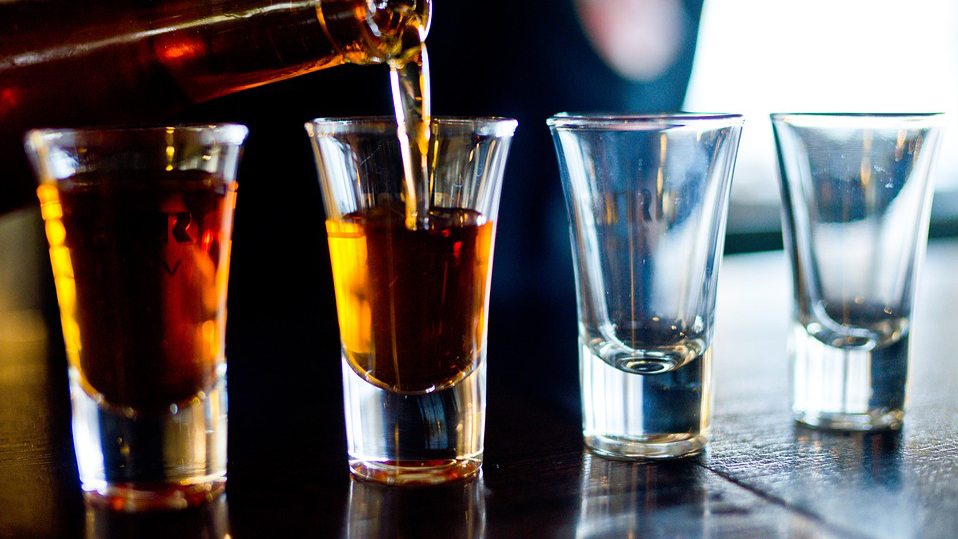
For this poster, we decided not to show pictures taken by patients for privacy reason (persons and personal places on pictures) but to show how patients can participate in a public photo contest. We opened a public photo contest on Photocrowd asking the participant to enter photos which show a scene people would like to look at if they are feeling irritated or stressed, to help them feel calm and relaxed.
Patients rated pictures in group and compared their ratings with the overall results. The benefit of this group was to propose a participation to a game/contest and to challenge patients on what can be relaxing to them. The overall goal was to sensitize patients to craving versus non craving images in order to give them skills to manage their desire to consume addictive products
Photocrowd
CONCLUSION
Gamification could easily be implemented with simple means in daily CBT practice. A good example is CBT “homework”, which has already been criticized as the term reminding the client annoying school homework and changed to action plan. The more the goal looks pleasurable and challenging to the client, the more he will be disposed to fulfil the task and progress in his therapy. Gamification strategies seems to be tailored for CBT but underused.









